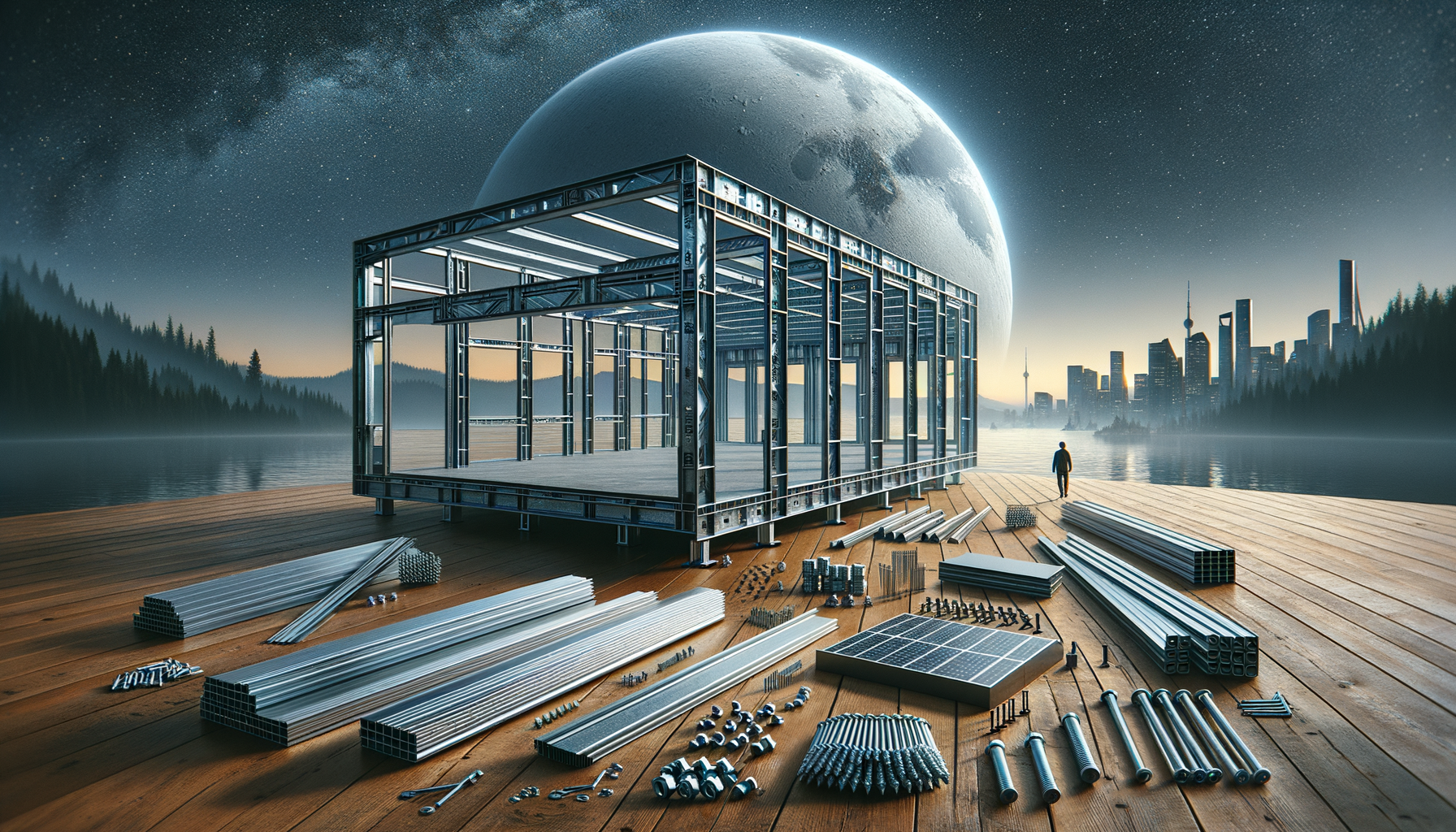Introduction to Prefab Metal Structures
In the ever-evolving landscape of construction, prefab metal structures have emerged as a versatile and efficient solution. These structures are prefabricated in factories, offering a wide range of applications from industrial warehouses to residential garages. The relevance of prefab metal structures lies in their ability to provide cost-effective, durable, and easily assembled solutions that cater to diverse needs. As industries continue to seek ways to optimize resources and minimize construction time, the importance of understanding the use cases, assembly basics, and durability of prefab metal structures becomes increasingly clear.
Use Cases of Prefab Metal Structures
Prefab metal structures are renowned for their versatility, finding applications across various sectors. In the industrial sector, these structures are often used for warehouses, factories, and storage facilities. Their robust nature and ability to span large spaces without internal supports make them ideal for such uses. In agriculture, they serve as barns, equipment storage, and even livestock shelters, providing a durable and weather-resistant environment.
Commercially, prefab metal structures are utilized for retail spaces, office buildings, and car dealerships. Their ability to be customized in terms of design and size allows businesses to create spaces that meet their specific needs while maintaining a professional appearance. Residential applications are also prevalent, with prefab metal structures being used for garages, workshops, and even homes. The adaptability of these structures ensures they can cater to a wide range of requirements, making them a preferred choice in various scenarios.
Assembly Basics of Prefab Metal Structures
One of the most appealing aspects of prefab metal structures is their straightforward assembly process. These structures are designed to be assembled quickly and efficiently, often requiring minimal specialized skills. Typically, the components of a prefab metal structure are manufactured offsite, ensuring precision and quality control. Once delivered to the construction site, these components can be assembled using basic tools and equipment.
The assembly process generally involves the following steps:
- Preparation of the foundation: Ensuring a level and stable base is crucial for the integrity of the structure.
- Assembly of the frame: The metal frame is erected, providing the skeleton of the structure.
- Installation of panels and roofing: Metal panels and roofing are attached to the frame, enclosing the structure.
- Finishing touches: Doors, windows, and other accessories are installed to complete the structure.
The efficiency of this process not only reduces labor costs but also minimizes construction time, making prefab metal structures an attractive option for many projects.
Durability of Prefab Metal Structures
Durability is a hallmark of prefab metal structures, making them a reliable choice for long-term use. These structures are typically made from high-quality steel, which is known for its strength and resistance to various environmental factors. Steel’s inherent properties make it resistant to pests, fire, and rot, ensuring the longevity of the structure.
Moreover, prefab metal structures are designed to withstand extreme weather conditions. Whether it’s heavy snow, strong winds, or intense heat, these structures are engineered to maintain their integrity and protect their contents. The use of galvanized steel further enhances their durability by preventing rust and corrosion, which are common issues in traditional building materials.
In addition to their physical durability, prefab metal structures offer economic durability. Their low maintenance requirements and long lifespan contribute to reduced long-term costs, providing a cost-effective solution for businesses and individuals alike.
Conclusion: The Future of Prefab Metal Structures
As the demand for efficient and sustainable construction solutions grows, prefab metal structures stand out as a promising option. Their versatility, ease of assembly, and exceptional durability make them suitable for a wide range of applications, from industrial to residential. By understanding the use cases, assembly basics, and durability of these structures, stakeholders can make informed decisions that align with their needs and objectives.
Looking ahead, the future of prefab metal structures is bright. Innovations in design and materials continue to enhance their capabilities, ensuring they remain a valuable asset in the construction industry. As more industries recognize the benefits of prefab metal structures, their adoption is likely to increase, paving the way for more sustainable and efficient building practices.




Leave a Reply